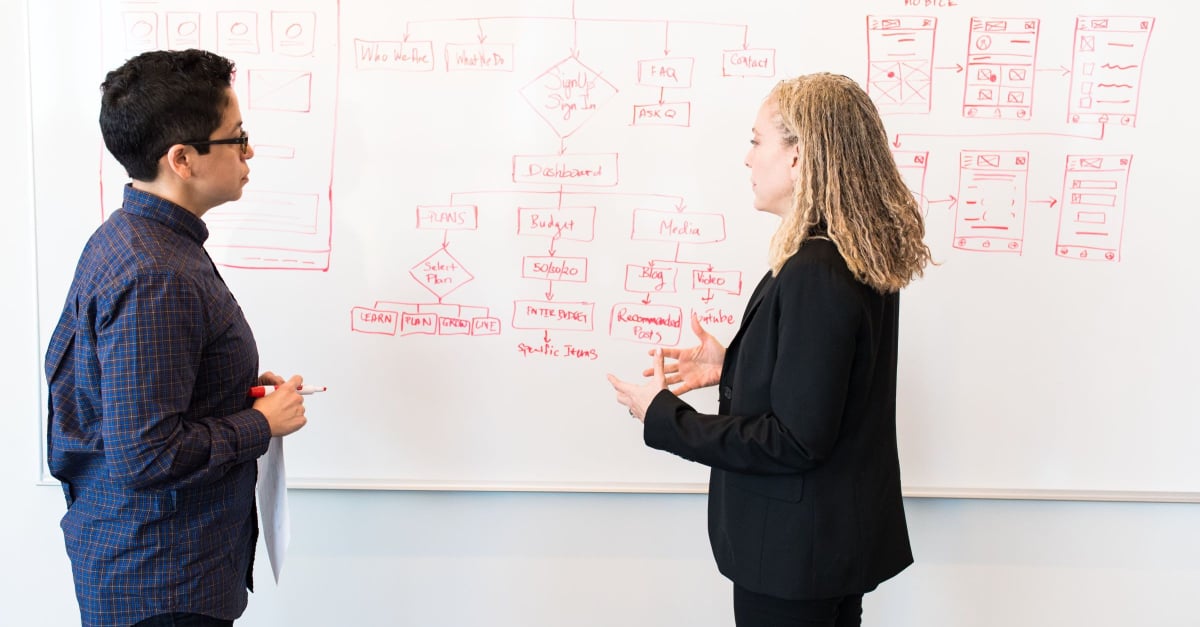To empower people means “putting power into,” and it can also mean “bringing energy and enthusiasm out of.”
Putting power into people
This means giving them the freedom to do their job their way. This will only happen if you trust individuals, but your employees will never believe they are fully capable if you have no confidence in them yourself. Set clear boundaries and objectives and then increase autonomy and responsibility so that they can plan their work and make their own decisions.
Give your employees the means to succeed at their new or more advanced responsibilities. Make sure they have the knowledge, skills, data sets, tools, and anything else they need to complete their tasks before they begin.
Once you have done this it is important to give them space and hold back from giving them the answers. Clarify the problem but then let them produce their own solutions. People feel more empowered if they are responsible for, or ‘own’ something. This may sound daunting but start small and work up to bigger tasks and responsibilities as they develop new skills and confidence.
Bringing energy and enthusiasm out of people
requires a manager to understand an individual’s needs and motivations. A basic need we all have is a sense of being important, valuable, and worthwhile. Taking the time to ensure that people know how their work contributes to the success of the team and the organisation establishes value and improves motivation. This means they are more likely to be productive and purposeful in executing their responsibilities.
Investing in your employees’ development is another way to show that you value them. Training, coaching, or mentoring will enhance an individual’s confidence while increasing their capacity to take on more difficult assignments and develop their professional and leadership skills.
People also need support, encouragement, and appreciation. Give your staff both positive and helpful, actionable feedback regularly. Employees are more likely to feel empowered if they know their managers are paying attention to and appreciate their contributions.
Conclusion
Managers who lead through employee empowerment do their best to provide employees with greater control over their day-to-day responsibilities, and in return see an increase in innovation, engagement, productivity, and performance.





